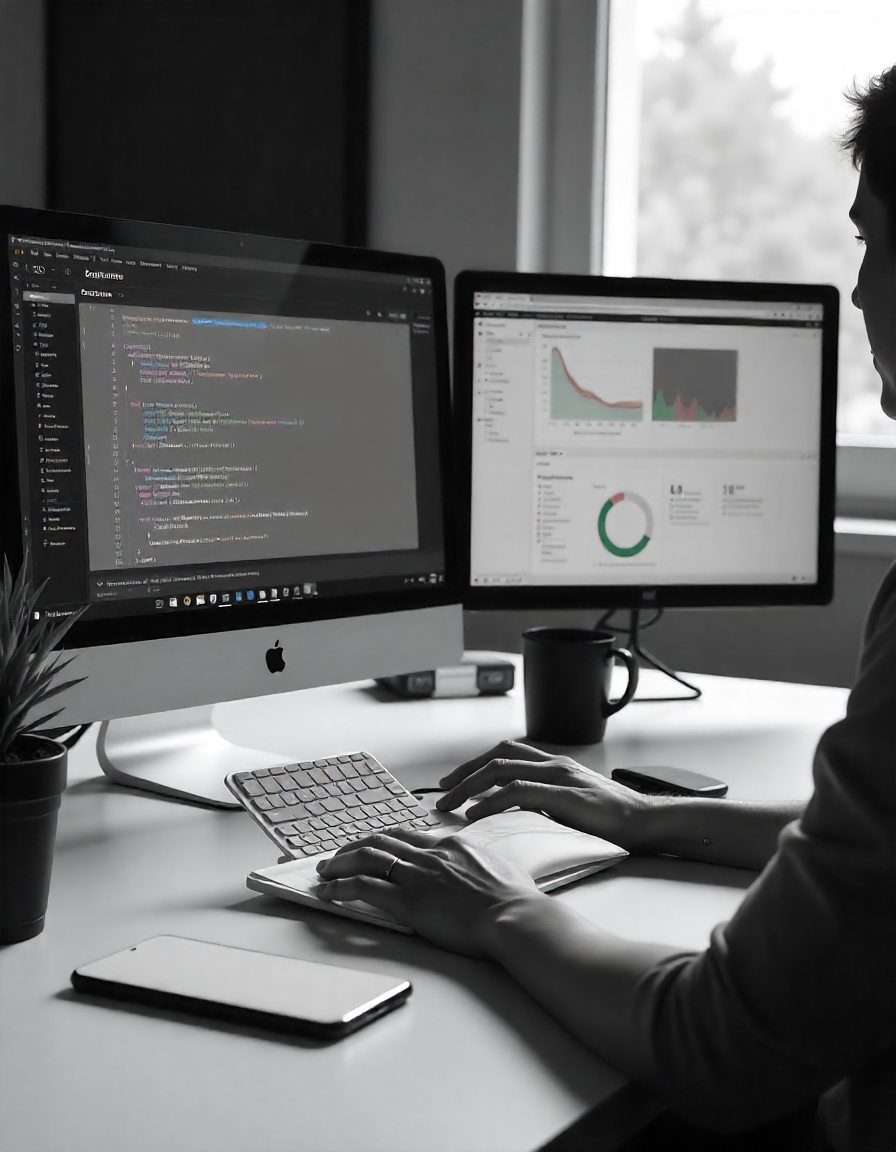In the digital era, software is no longer just a background tool—it is a cornerstone of efficiency, creativity, and innovation. From business operations and personal productivity to entertainment and education, software shapes the way people interact with technology every day. Understanding current trends, functionalities, and best practices can help individuals and organizations leverage these tools effectively. This article delves into modern software applications, emerging trends, and practical considerations for choosing the right solutions.
Productivity and Collaboration Tools
The workplace has transformed significantly with the rise of cloud-based productivity platforms. Applications like document editors, spreadsheets, and presentation software now offer real-time collaboration, enabling teams to work seamlessly regardless of location.
Project management software has also become essential. Platforms that allow task tracking, deadline management, and team communication streamline workflows and reduce the risk of miscommunication. Popular tools often integrate with other software, creating unified ecosystems that improve efficiency and transparency.
Creative Software for Digital Expression
Creative software enables individuals to express ideas visually, audibly, and interactively. Graphic design, video editing, and animation tools allow both amateurs and professionals to produce high-quality content. Features like layered editing, AI-assisted design, and extensive libraries of templates and assets make complex tasks accessible.
For music production, composition, or podcast creation, specialized software provides instruments, sound libraries, and mixing capabilities that were previously confined to professional studios. By reducing technical barriers, these applications empower creators to focus on storytelling and originality.
Security and Privacy Solutions
With the proliferation of digital activity, protecting sensitive information has never been more important. Security software—including antivirus programs, firewalls, and encryption tools—safeguards devices and networks from threats such as malware, phishing, and ransomware.
Privacy-focused applications, such as secure messaging platforms or password managers, allow users to maintain control over personal data. Regular updates, two-factor authentication, and user education are critical components of a strong digital defense. Organizations and individuals must prioritize both software functionality and responsible usage practices to ensure security.
Cloud Computing and Remote Access
Cloud-based software has revolutionized accessibility. Instead of relying solely on local devices, users can store, share, and edit data through online platforms. This flexibility supports remote work, collaborative projects, and scalable storage solutions.
Software-as-a-Service (SaaS) models provide subscription-based access to applications without the need for complex installations. Benefits include automatic updates, cross-device compatibility, and simplified IT management. Cloud solutions also facilitate data backup, reducing risks associated with hardware failure or accidental loss.
Emerging Trends: AI and Automation
Artificial intelligence and automation are increasingly integrated into software applications. AI-powered tools can assist in tasks ranging from predictive analytics and workflow optimization to content creation and customer support.
Automation software streamlines repetitive processes, freeing time for strategic or creative work. For example, automated reporting, email responses, and data analysis can significantly improve productivity. As these technologies evolve, software will continue to anticipate user needs, providing intelligent suggestions and adaptive interfaces.
Software for Education and Learning
Educational software has transformed both formal and informal learning environments. Learning management systems (LMS), interactive applications, and virtual classrooms enable students to access materials, submit assignments, and collaborate with peers digitally.
Gamification, multimedia content, and adaptive learning algorithms enhance engagement and personalize experiences. Individuals pursuing professional development can also benefit from platforms offering online courses, certifications, and skill-tracking tools. Software in education promotes flexibility, accessibility, and lifelong learning opportunities.
Entertainment and Lifestyle Applications
Beyond work and education, software plays a central role in entertainment and daily life. Streaming platforms, gaming applications, and digital content libraries offer diverse media experiences. Music, movies, television, and interactive games are more accessible and personalized than ever before.
Lifestyle software includes tools for fitness tracking, budgeting, meal planning, and home organization. By integrating data collection, analytics, and notifications, these applications support goal-setting and informed decision-making, improving daily routines and personal well-being.
Choosing the Right Software
Selecting software requires more than surface-level evaluation. Users must consider functionality, compatibility, cost, support, and long-term scalability. Trial versions or demos allow exploration before committing to subscriptions or licenses.
Security and privacy features should be a priority, especially when handling sensitive information. User-friendly interfaces, accessibility options, and reliable customer support enhance the overall experience, ensuring software adoption and consistent use.
Integration and Ecosystems
Modern software often thrives within interconnected ecosystems. Integration between applications—such as syncing calendars with project management tools or connecting cloud storage to collaborative platforms—enhances efficiency and reduces friction.
APIs (Application Programming Interfaces) allow developers to customize workflows, automate tasks, and expand functionality. Organizations benefit from cohesive ecosystems, as connected software solutions streamline operations and reduce redundancy.
Updates and Maintenance
Software maintenance is a continuous process. Regular updates provide new features, improve security, and fix bugs. Users must balance adopting updates with stability, ensuring that changes do not disrupt critical workflows.
Developers frequently monitor user feedback to refine performance, making active communication and reviews valuable resources for choosing reliable software. Staying informed about updates helps users maximize capabilities and maintain optimal functionality.
Future Outlook
The evolution of software shows no signs of slowing. Cloud computing, AI, automation, and cross-platform functionality are becoming standard expectations. Mobile-first design, voice interfaces, and immersive experiences like augmented reality and virtual reality are expanding possibilities across industries.
Software will increasingly focus on personalization, adapting to individual user preferences and behaviors. Integration of AI assistants, predictive analytics, and enhanced collaboration tools promises a more intuitive, efficient, and enjoyable experience.
Conclusion
Software today is an indispensable tool across all aspects of life. From productivity and creativity to security, education, and entertainment, it shapes how individuals and organizations operate, learn, and engage with the digital world.
By understanding functionalities, trends, and best practices, users can choose solutions that enhance efficiency, foster creativity, and support personal or professional growth. Thoughtful selection, ongoing learning, and strategic integration allow software to transform tasks from mundane to streamlined, unlocking new opportunities and experiences.
As technology advances, staying informed about developments, exploring emerging tools, and embracing innovation ensures that software continues to serve as a reliable and empowering asset in daily life.

